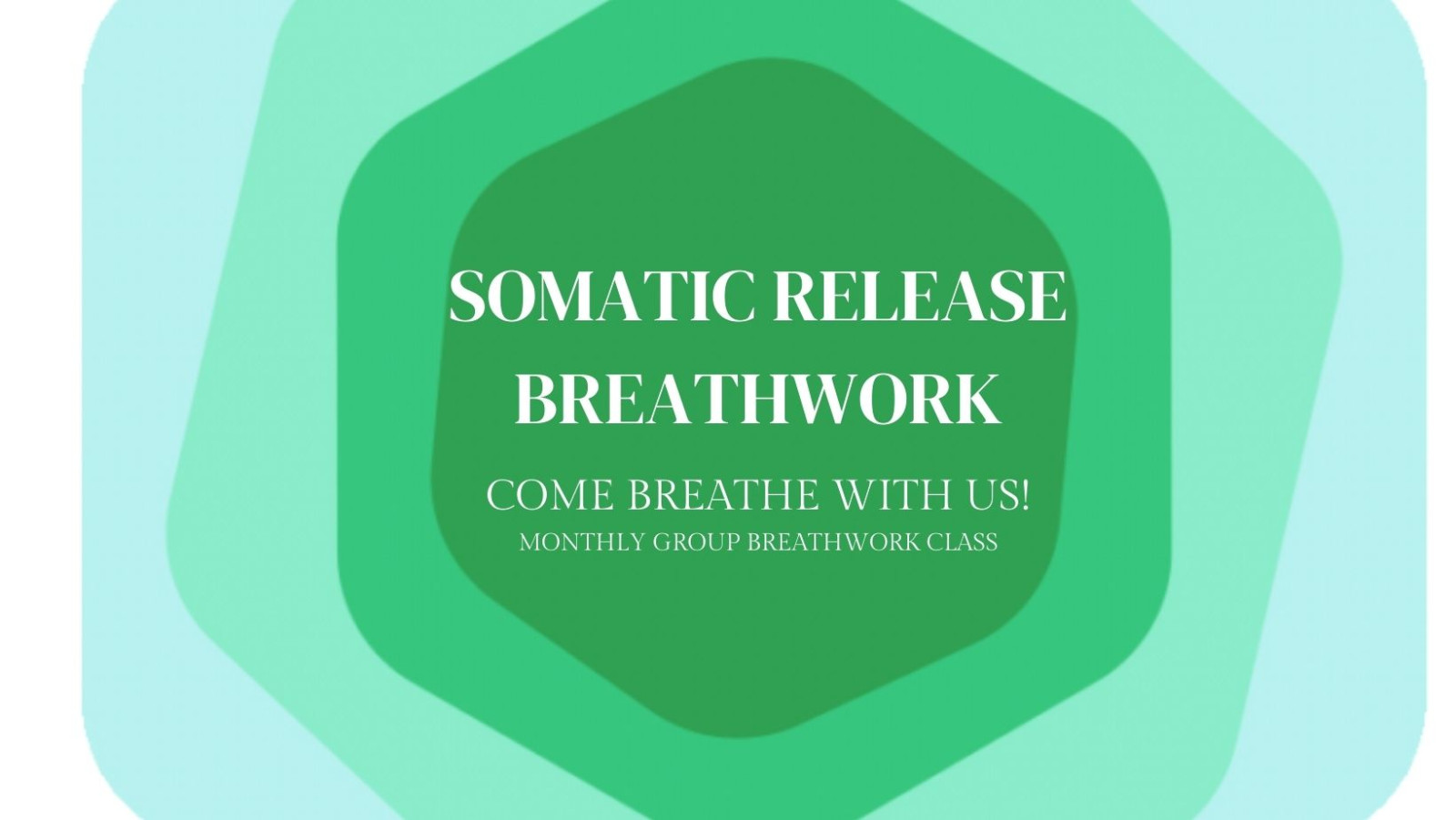Understanding and Utilizing EMDR Therapy for Stress and PTSD Management: A Psychological Perspective

Eye Movement Desensitization and Reprocessing (EMDR) therapy, a groundbreaking approach introduced in 1987, offers a beacon of hope for individuals grappling with stress and Post-Traumatic Stress Disorder (PTSD). By marrying elements of cognitive-behavioral therapy with bilateral stimulation, EMDR fosters the healing of traumatic memories, enhancing the well-being of affected individuals. This technique not only addresses the psychological dimensions of trauma but also accelerates the recovery process, presenting a viable alternative to conventional therapeutic interventions.
Central to EMDR's success is its structured protocol, encompassing assessment, desensitization, and the installation of positive beliefs, underscored by the use of bilateral stimulation. This method activates both hemispheres of the brain, facilitating the adaptive processing of traumatic recollections and contributing to the restoration of psychological balance. Moreover, bilateral stimulation, utilized in various forms including eye movements and auditory tones, is instrumental in mitigating the intensity of traumatic memories, paving the way for a comprehensive therapeutic experience.
With an overwhelming body of research supporting its effectiveness, EMDR therapy stands out as a first-line treatment for individuals suffering from PTSD, offering symptom relief in a comparatively shorter timeframe than traditional methods. This innovative approach not only broadens the spectrum of treatment options for PTSD but also extends its potential benefits to a wider array of psychological conditions, including anxiety and depression. As EMDR continues to evolve, it underscores the transformative power of therapeutic innovation in fostering mental health and resilience, heralding a new era of psychological treatment that is both effective and expedient.
Read more...
The journey to optimal health prominently features the gut biome, a complex ecosystem within the digestive tract that plays a pivotal role in digestion, immune responses, and mood regulation. As the science community delves deeper into the gut-brain connection, nurturing a balanced gut microbiome emerges as a critical strategy for maintaining overall well-being. Modern lifestyles, characterized by poor dietary choices, chronic stress, and exposure to antibiotics, can disrupt this delicate balance, highlighting the importance of a diet rich in fiber, fermented foods, and prebiotics, coupled with healthy lifestyle modifications.
To support a healthy gut biome, incorporating specific herbs and supplements stands out as a beneficial and natural approach. Among these, probiotics from fermented foods or supplements can enhance gut flora balance, while prebiotics and fiber-rich diets promote beneficial bacterial growth and digestive health. Traditional Chinese Medicine (TCM) offers a treasure trove of herbal remedies like ginger, licorice root, and peppermint, which have been revered for centuries for their digestive health benefits, showcasing the potential of ancient wisdom in supporting modern health.
Embracing a holistic approach to gut health involves not just dietary changes or supplements, but also comprehensive lifestyle adjustments such as stress management, regular physical activity, and adequate sleep. Personalization and professional guidance remain key, as consulting healthcare providers before embarking on new supplement regimes ensures safety and effectiveness tailored to individual needs. This integrative method underscores the potential of natural herbs and mindful living practices to enhance gut health, paving the way towards improved overall vitality and wellness.
Read more...
Medium-chain triglyceride (MCT) oil is increasingly popular among health enthusiasts for its ability to provide quick energy, support weight management, and potentially enhance cognitive functions. It's made from medium-length chains of fats known as triglycerides, making it easier to digest than longer chain fats. Especially beneficial for those on ketogenic diets, MCT oil can be rapidly converted into ketones by the liver, acting as an alternative energy source for the body and brain.
Despite its numerous benefits, some users report digestive issues, such as nausea, diarrhea, and abdominal discomfort, particularly when MCT oil is introduced into the diet too quickly or consumed in large amounts. These disturbances stem from the oil's high concentration of MCTs, which can overwhelm the digestive system. To minimize these effects, it's recommended to start with a smaller dose, stay hydrated, and gradually increase intake while monitoring one's response.
MCT oil's benefits extend beyond energy provision; it also shows promise in enhancing weight loss, supporting heart health, and offering antibacterial and antifungal properties to improve gut health. However, like any supplement, it’s vital to use MCT oil cautiously, paying close attention to how it affects your body. Achieving the right balance can help individuals enjoy the health advantages of MCT oil without the discomfort, making it a worthy consideration for those looking to optimize their health and dietary patterns.
Read more...
In an extraordinary leap for scientific research, Dr. John Stuart Reid's groundbreaking work explores the potential of reviving cells previously deemed dead, utilizing the principles of acoustic physics. This innovative approach, grounded in the science of cymatics, or the study of wave phenomena, suggests that precise sound frequencies can stimulate cellular activity, challenging the permanence of cellular death. The implications of Dr. Reid's experiments extend far beyond biology, promising new frontiers in medicine, bioengineering, and potentially transforming treatments for diseases characterized by cell death.
At the heart of this pioneering investigation is Dr. Reid's experiment, which successfully reactivated non-viable cells through targeted acoustic stimulations. This method relies on the concept of cellular resonance, where each cell's natural vibratory essence is 'reminded' of its vitality, instigating a revival of functions like movement and cellular respiration without any chemical interventions. Such a non-invasive technique could redefine the approach to regenerative medicine and repair of damaged tissues, heralding a new age in health care where the decay of cells is not an irreversible fate.
The far-reaching implications of Dr. Reid's research suggest transformative applications in not only healthcare but also in sectors like agriculture and space exploration. As the scientific community stands on the brink of these advancements, the journey ahead involves rigorous validation, clinical trials, and the exploration of practical applications. Dr. Reid's work not only illuminates a new path in understanding life at the molecular level but also underscores the significance of interdisciplinary research in unlocking the mysteries of the natural world, setting the stage for a future where the revival of dormant cells could usher in unprecedented medical and scientific breakthroughs.
Read more...
In our rapidly changing world, stress and anxiety are common issues that burden many, affecting both mental and physical well-being. The ancient practice of somatic release breathwork offers a natural and effective way to alleviate these pressures, leveraging the power of breath to reset the nervous system and release emotional tension. By focusing on breathwork, individuals can achieve stress relief, enhance emotional resilience, and foster a deeper sense of self-awareness and inner peace.
Somatic release breathwork is a holistic approach that encourages personal growth, healing, and transformation. It is designed not only for those new to breathwork but also for those looking to deepen their practice. This method guides participants through a journey of self-discovery, enabling them to reconnect with their inner strength and embark on a path to rejuvenation.
For those interested in exploring this transformative technique, in-person sessions of somatic release breathwork are available at Green Lotus Yoga & Healing Center in Mendota Heights, MN. These guided 90-minute sessions are focused on deep nervous system alignment, stress release, and emotional processing, accompanied by integration journal prompts to assist in the journey.
Read more...





